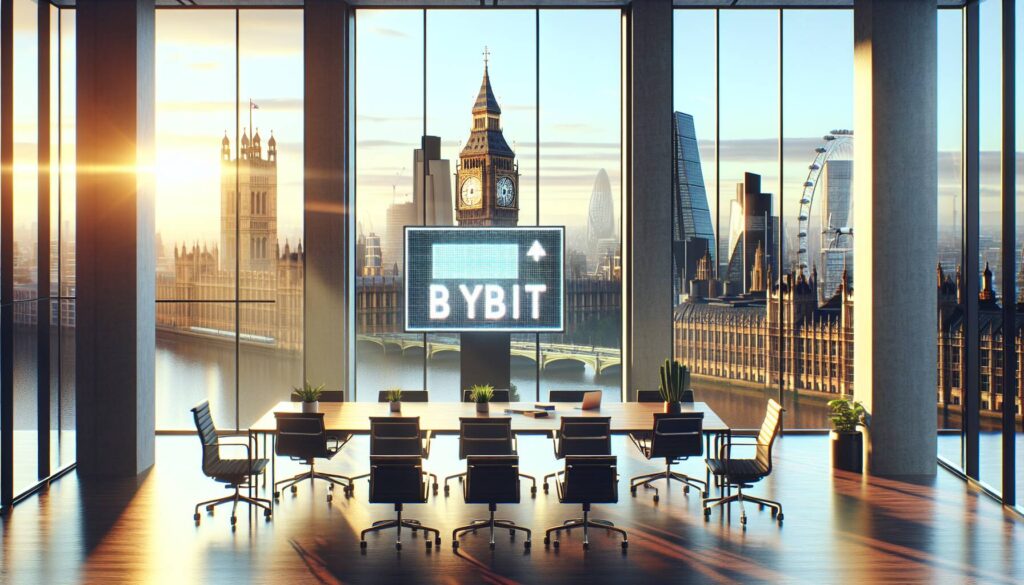The cryptocurrency landscape is witnessing a noteworthy shift as listed companies increasingly position themselves as bitcoin treasury vehicles, actively raising capital to acquire and hold Bitcoin (BTC) on their balance sheets. This trend stems from a growing perception of Bitcoin as a potential global reserve asset, bolstered by institutional interest and positive price forecasts. However, a critical concern arises: many of these companies are pursuing acquisition strategies without a well-defined business plan.
Investing in these companies often leads to the question: why opt for a premium investment via a listed company when one could buy Bitcoin directly? The logic suggests that direct purchase options—whether through spot purchases or ETFs—often provide a more straightforward avenue for investors. Unless these companies offer a unique strategy that adds operational value to their Bitcoin holdings, shareholders might find it more beneficial to invest independently in Bitcoin.
“Bitcoin yield,” a measure of BTC growth per share over time, is being used by some analysts to justify the premiums these companies command. However, this metric alone isn’t enough to support a premium over net asset value (NAV)—especially when the fundamental goal for many investors is maximizing their direct Bitcoin exposure.
Furthermore, to accelerate their acquisition processes, numerous treasury companies are opting for convertible debt, which creates a leveraged position in Bitcoin. This financial structure brings significant risks; if Bitcoin prices decline, these companies may need to liquidate their holdings to satisfy debts. Conversely, if Bitcoin prices soar, creditors benefit at the expense of shareholders, converting their debt into equity at advantageous prices and capturing profits that otherwise would belong to investors.
Investors evaluating their options between these leveraged Bitcoin equity companies and direct BTC investments are advised to consider whether the potential downsides justify the convenience. If a company trades at a considerable premium to its assets and lacks a clear operational strategy beyond merely holding Bitcoin, the rationale for such investment may falter.
To sustain a premium valuation, these companies must do more than just buy and store Bitcoin; they need to demonstrate a business strategy that leverages their Bitcoin assets into broader operational frameworks.
While the emergence of Bitcoin treasury firms is happening at a rapid pace, the future holds promise for those that can combine a solid Bitcoin balance sheet with an innovative operational plan. Areas like brokerage services, liquidity provision, and structured financial products present exciting opportunities for companies to evolve into powerhouses in the financial sector. Without a comprehensive approach, however, the allure of a premium pricing structure may diminish, compelling firms to adapt or face acquisition by those with a clearer vision for integrating Bitcoin into their business models.

Bitcoin Treasury Companies: Key Insights
As companies pivot to becoming bitcoin treasury vehicles, understanding their potential impact and value is crucial for investors. Here are the key points to consider:
- Transformation of Listed Companies: Many companies are acquiring bitcoin to hold on their balance sheets, aligning with a trend of viewing bitcoin as a potential global reserve asset.
- Investment through Premiums: Investors face a dilemma when companies trade at a premium to their bitcoin net asset value (NAV) without clear operational strategies.
- Direct Bitcoin Acquisition: Investors can buy bitcoin directly, making it essential to evaluate why they should invest in a company instead, particularly if no unique advantage is provided.
- Bitcoin Yield Misconception: Relying on bitcoin yield as a justification for investment premiums does not constitute a sustainable business model on its own.
- Leverage Risks: Companies raising capital through convertible debt create leveraged positions, exposing shareholders to downside risks while potentially limiting gains.
- Need for a Business Plan: Successful bitcoin treasury companies must develop operational plans beyond merely holding bitcoin to maintain value and attract investment.
- Operational Models for Revenue: Strategies should include brokerage, liquidity provision, and collateralized lending to justify business models, rather than just chasing bitcoin yield.
- Market Dynamics: Without a solid operational plan, companies may see their premiums collapse and could be absorbed by more strategically oriented firms.
Investors must critically assess whether the potential premium on bitcoin companies is justified by business strategies that transcend mere acquisition of bitcoin.
Evaluating the Shift: Companies Transitioning to Bitcoin Treasury Models
The trend of publicly listed companies pivoting to embrace bitcoin by transforming into treasury vehicles has garnered significant attention. As companies raise capital to accumulate BTC, they enter a competitive arena characterized by potential benefits and challenges. The primary advantage lies in the increasing acceptance of bitcoin as a prospective global reserve asset, attracting institutional interest and speculation on future price appreciations. However, this approach has its drawbacks, particularly when most of these companies lack a coherent business plan. Simply holding bitcoin without a clear operational strategy raises questions about the rationale of accumulating crypto through these vehicles, especially considering the easier and often more cost-effective option of acquiring bitcoin directly.
Investors may wonder why they should pay a premium for shares in a company that merely holds bitcoin, as opposed to purchasing BTC themselves via exchanges or ETFs. In situations where a listed company trades well above the net asset value (NAV) of its bitcoin holdings, without a substantial strategic differentiation, the value proposition diminishes. This scenario primarily interests speculators who are comfortable with volatility but may deter investors seeking long-term stability and a defined return model.
Another notable competitive disadvantage stems from the leveraged positions many companies adopt to accelerate their bitcoin acquisition. They often resort to convertible debt, which can amplify their risks and limit upside potential for shareholders. If bitcoin prices decline, these companies may need to liquidate assets to service debts, while creditors stand to benefit from conversion options that allow them to capitalize on rising prices ahead of company shareholders. This dynamic poorly aligns investor interests and complicates the decision-making process for potential investors contemplating exposure through leveraged bitcoin equity firms.
For companies aiming to justify a premium valuation in a crowded market, having a robust business model becomes essential. An innovative approach that leverages bitcoin for various operational functions can create significant competitive advantages. Sectors such as brokerage services, liquidity provision, and structured financial products can build a viable revenue stream, transforming bitcoin holdings into more than mere speculative assets. Without such a strategic focus, companies risk their market value and might face acquisition by firms equipped to effectively manage and utilize bitcoin as a business asset.
In summary, while the fledgling bitcoin treasury category presents opportunities for innovative strategies, it also imposes risks and challenges for investors. Those with a clear operational vision can thrive, whereas those without could quickly find themselves at a disadvantage. Investors must remain vigilant in assessing which companies have the foresight to convert their bitcoin holdings into competitive, operationally sound entities to effectively navigate this evolving landscape.

















